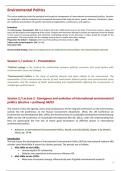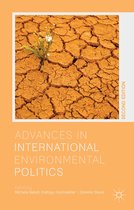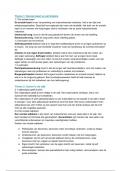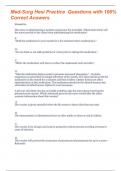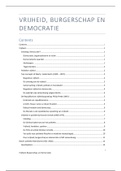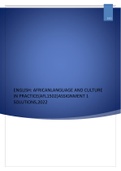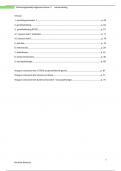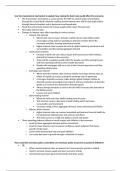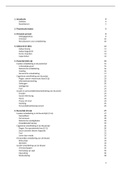Class notes
Class notes International Environmental Politics (IEP)
- Course
- Institution
- Book
The environment has been a major topic in international relations for nearly half a century now. Typically of a cross-border nature, environmental problems have been identified as a quintessential policy area for international cooperation –interests, ideas and institutions play out at the interna...
[Show more]
